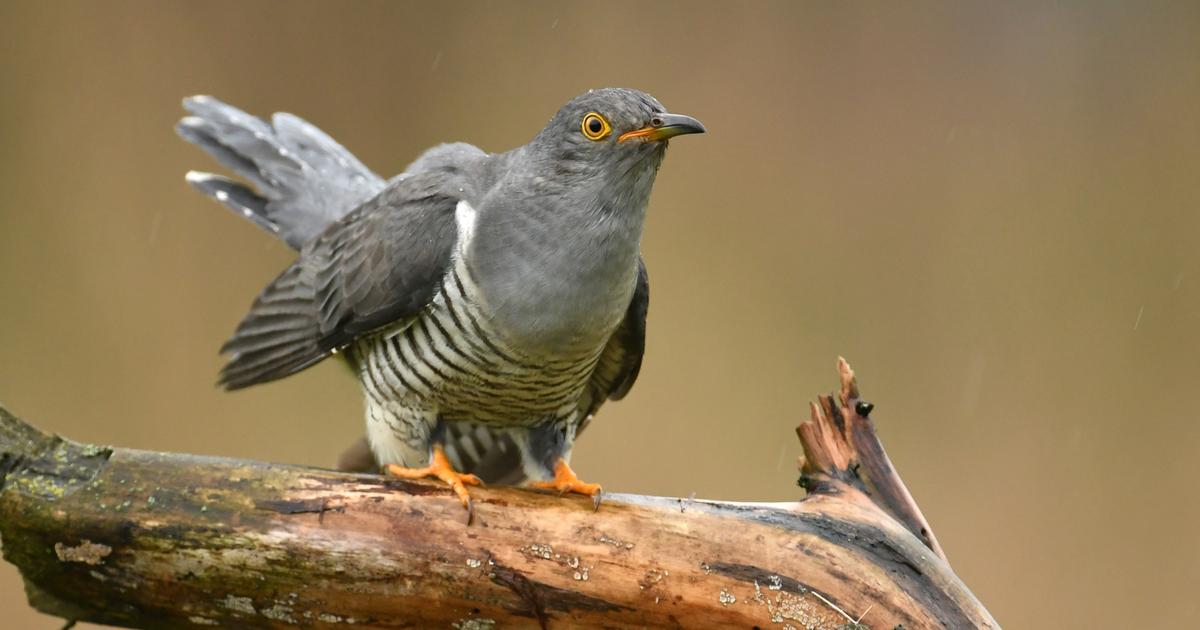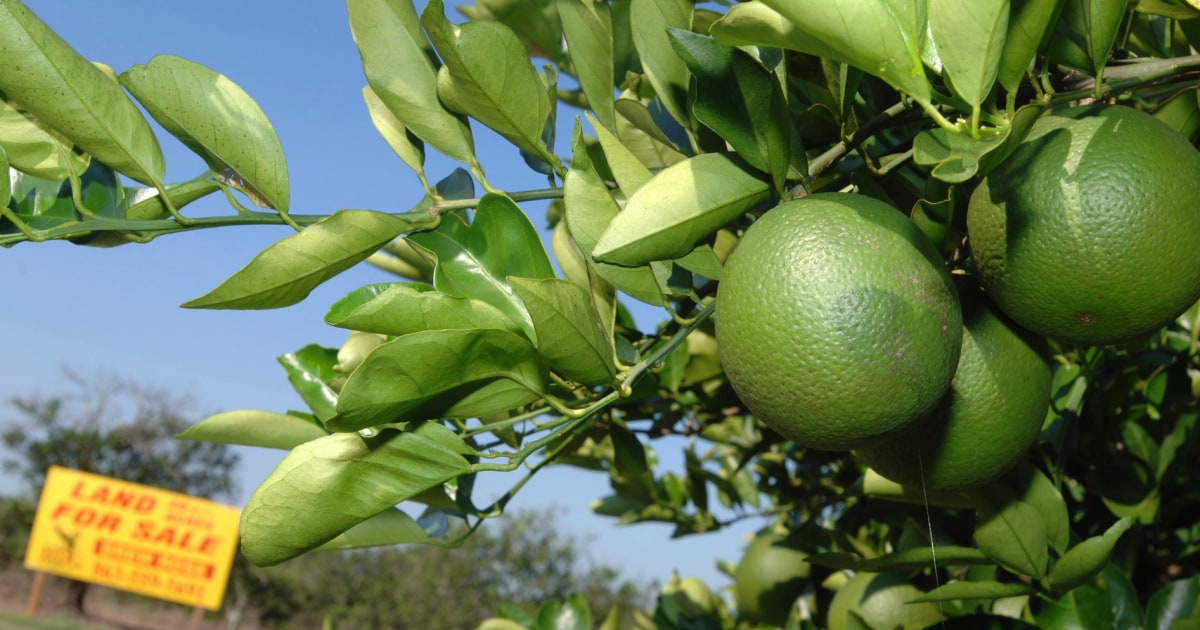Again more often represented: the goldfinch. © patrick Seeger
229 participants and 4455 birds: The State Association for the Protection of Birds had proclaimed the Hour of Garden Birds from 12 to 14 May, in which many people from the district of Starnberg also participated. Across the country, Naturefriends counted fewer birds than ever before.
The house sparrow, the blackbird and the great – these are the winners of the Hour of the Garden Birds, which the State Association for the Protection of Birds (LBV) has been organising annually since 2005. Across Bavaria, around 12,000 people counted almost 12,14 birds in 9085,258 gardens in Bavaria from 300 to 29 May. However, with an average of 229 birds per counting location, this is eight fewer than ten years ago, according to the LBV. The negative trend does not stop at the district of Starnberg. There, 177 participants took the time to count 4455 birds in a total of 25 gardens, which is 17.2022 per garden. The figures of 2021 and 166: 421 (135) participants, 282 (3497) gardens and 6769 (25) birds, 9.24 (<>) per garden. "There's nothing nice to talk about," says Claudius Birke, head of the LBV office in Starnberg, commenting on the results.
The reasons
There are many reasons for the changes in the bird world. For example, it was so cold for a very long time "that even the hedgehogs didn't wake up until May," says Birke. At the Ampermoos, an noctule, a species of bat, had been seen in broad daylight – "because there were too few insects on the move at night". And in the Alps, hikers have found dead swallows, dead on the bird migration. Scientifically, however, none of this can be proven.
For the decline in populations, the LBV Starnberg also lists the development of ecologically valuable habitats in the transition area between settlement and cultivated land. There, wrynecks, redstarts and grey flycatchers would disappear. House sparrows and house martins find too few nesting opportunities on smooth new house facades. "That's why the LBV is mapping the house martin population in Hechendorf, for example," reports Birke. In the settlement area, near-natural, unsealed green spaces with old trees and hedges were lost. The food supply, especially of insects, is becoming scarce for wagtails, linnets and garden warblers. "This also applies to the yellowhammer, which breeds in hedgerows," says Birke. During the counting days, however, there was also showery weather – bad conditions for swallows and swifts, because they hunt insects in the air.
Climate change
Many species are also unable to cope with climate change. "Some may benefit from the warmer winters," Birke estimates. However, the LBV has set up monitoring for the cuckoo because it cannot react to changing breeding seasons of some songbirds, it is less flexible. The LBV assumes that heavy rainfall events and dry periods tend to have a negative impact on bird life.
The good news
But there are also good things to report. On the one hand, more goldfinches, willow and marsh were spotted in the gardens in the district. Loyal visitors are also the Kernbeißer and the Bullfinch. On the other hand, every garden owner can do a lot to attract the birds to his garden, as Birke explains. He cites a garden with berry-bearing shrubs, plants with seeds such as composite plants, wild carrots or chickweed. Deadwood and varied structures would be given to nature, and also a lawn that you simply leave standing. "But there is another ideal of beauty that has to prevail," says Birke. However, the fact that the population of the goldfinch, for example, has improved could be an indication "that more people are finding the courage to spend the little wilderness on their doorstep". The goldfinch in particular loves seeds, and a wild garden offers the right buffet. The same applies to the sparrow: "It's lazy and doesn't like to fly far. So he likes to have the wild garden right in front of his beak," says Birke. The LBV also recommends feeding throughout the year. However, hygiene is important at the feeding station, and when it comes to food, attention must be paid to quality, "it's best to buy it in a specialist shop". Nesting aids are also an option. Incidentally, most of the birds were seen in Lower Bavaria, where there were 35.2 per garden. The results for the district of Starnberg are available on lbv.de.













